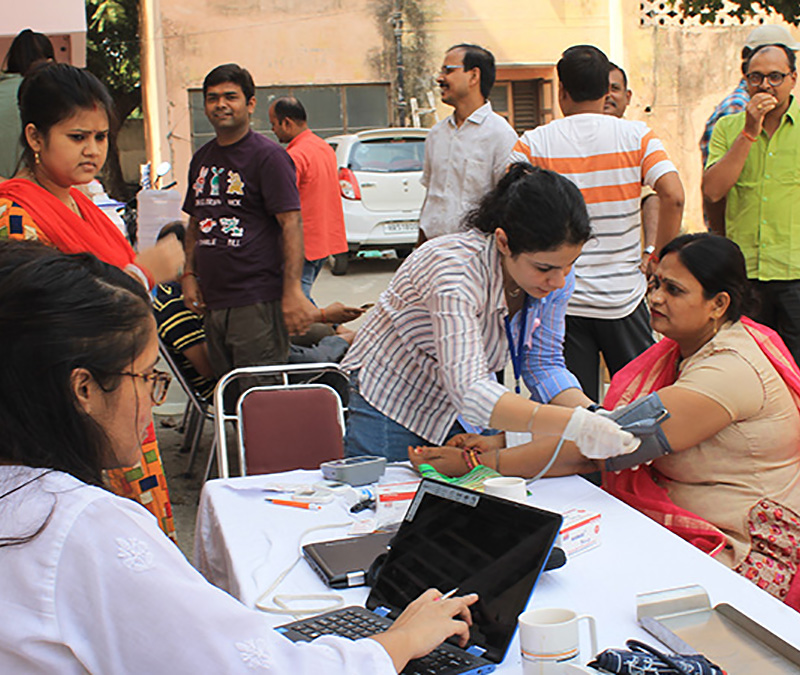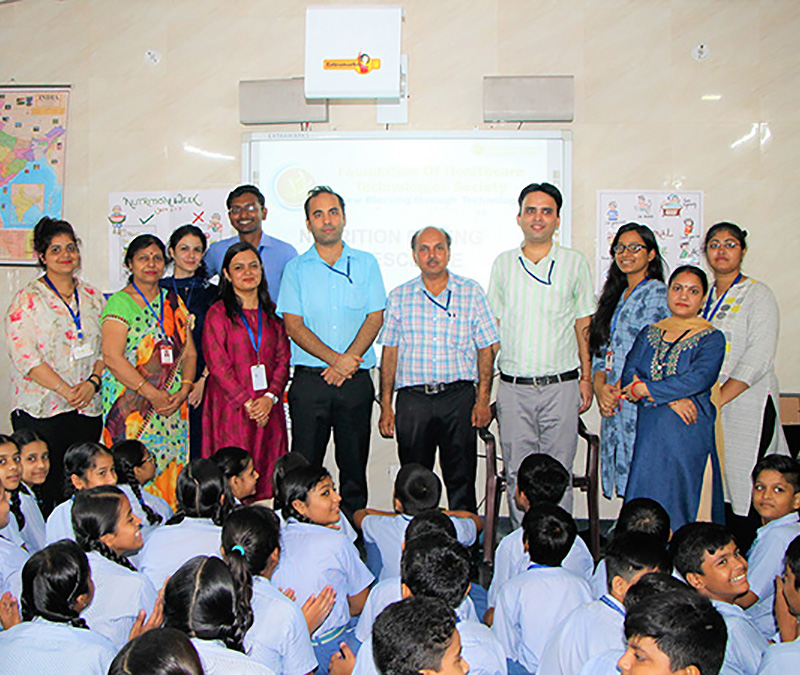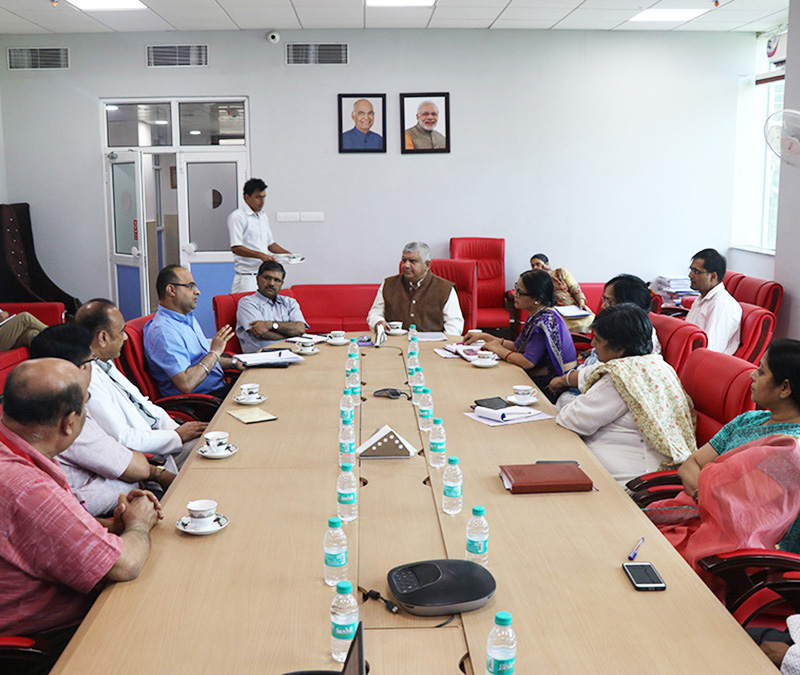
SMAART
WHAT IS ‘SMAART’?
SMAART is a human-centric & impact-driven solution with the goal of enhancing the health & well-being of diverse communities across the globe.
The SMAART Model is a framework created to solve real problems with real solutions.
This dynamic & flexible approach has been implemented across sectors & circumstances – and will continue to grow and change the lives of many.
Sustainable
Use real data & evidence to ensure that developed solutions are sustainable
Multisectoral
Integrate non-health determinants with health data to influence outcomes
Accessible
Make Information and services accessible to all
Affordable
Create solutions that are affordable to all
Reimbursable
Return on investment with cost-effective solutions
Tailored
Meeting needs of the individuals across diverse settings
HOW WAS ‘SMAART’ BORN?
It all started with Ashish…

Beginning in his childhood, Ashish took notice to the many disparities that impacted people across the globe. He observed these issues in areas such as education and healthcare – often as a result of economic & other forms of inequality.
Ashish knew early on in his life that he wanted to be a part of the much needed change.

Ashish moved to the US in 2002 to study Public Health. It was at this time that he started to really dive deeper into the inequalities he observed and began to question the way things were being done.
Some of the observed problems were:
• Inequities in education, employment, and health
• Limited community participation and engagement
• Lack of data-driven and evidence-based decision-making
• Limited access and affordability of healthcare services
• Lack of sustainable solutions

With his personal philosophies and spiritual beliefs at his core, coupled with his observations and attained knowledge on the issues at hand, Ashish set off to develop a solution. A sustainable solution that would approach existing issues with the thoughtfulness & support that they need.
This solution is SMAART.

HOW DOES ‘SMAART’ WORK?
SMAART employs a “middle-out” approach.
This approach is a bridge between a “top-down” and “bottom-up” approach.
It allows for data-driven & evidence-based policies to be made based on community participation and engagement. Community involvement is crucial to the SMAART Model.




